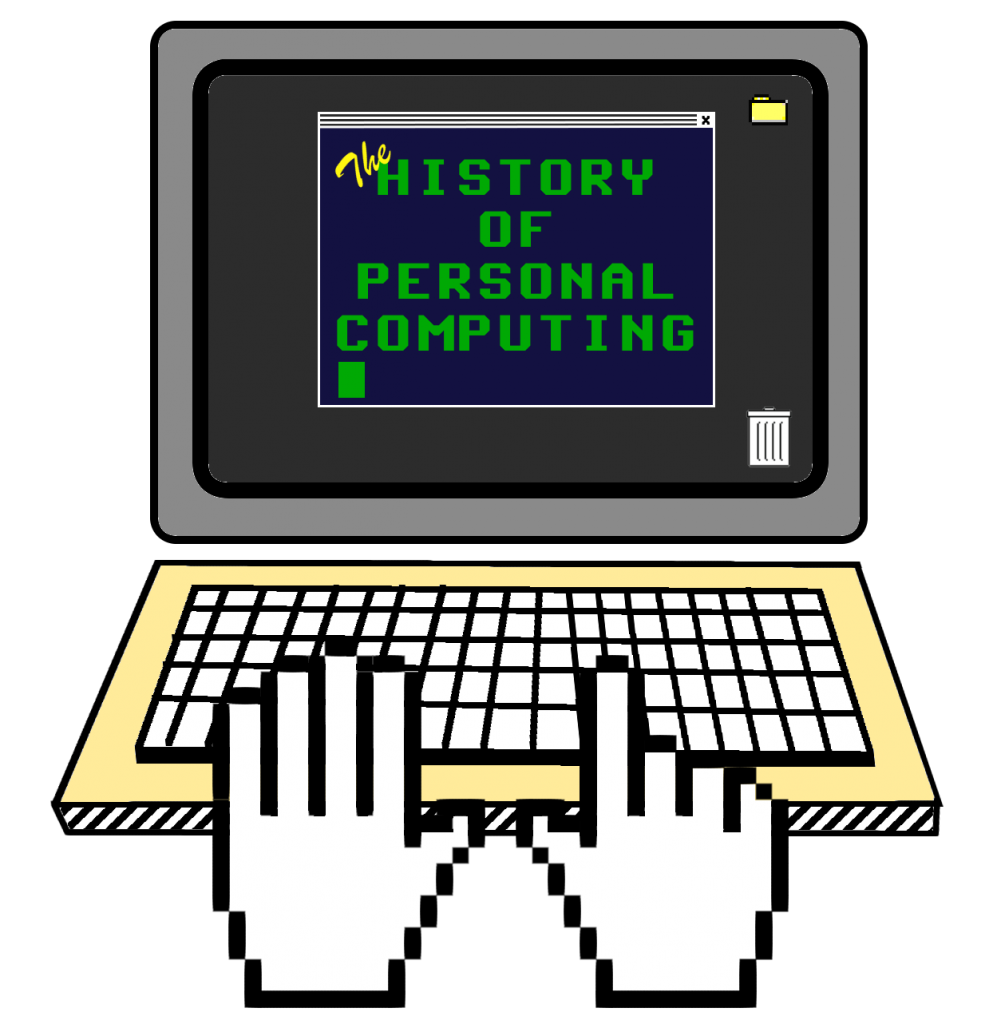Episode 44 – The Asus Eee PC and Other Netbooks
This is the podcast where we take an informal look at personal computing history through the lens of eBay auctions. It’s sort of like Antiques Roadshow, but all about antique personal computers. On today’s show, we complete our coverage of the second phase of portables, laptops. We’re covering netbooks, arguably an innovation started by the Asus Eee PC in 2007.
Links mentioned in this episode:
- Run Mac OS7 in your browser
- Get your retro gaming fix: the classic Amiga titles you must play on the Internet Archive
- Vintage Computer Festival Midwest
- Computer History Nostalgia Podcasts
Auctions:
- Jeff’s auction: ASUS Eee PC (Works Perfectly And Smoothly)!!!
- David’s auction: ASUS Eee PC 701 White 7″ Netbook – notebook laptop As-is
- Jeff’s auction: Asus netbook eeepc
- David’s auction: Craig 7 inch Wireless Netbook CLP281x Powered By Android 4.0
- Jeff’s auction: Asus Eee PC900 laptop notebook 1GB RAM 15GB
- David’s auction: Acer Aspire One ZG5 8.9″ Netbook (blue)
- Jeff’s random auction: Samsung 32Gb mini PCI-E SSD
- David’s random auction: HP OmniBook 800CT 5/166 Mini Laptop 2GB Windows 95 Vintage Notebook
Send feedback to feedback@HistoryOfPersonalComputing.com because we really would love to receive your email or audio comment.
Facebook: https://www.facebook.com/HistoryofPersonalComputing/
Twitter: https://twitter.com/HistoryofPC
Vintage Computer Forum: http://www.vcfed.org/forum/forum.php



October, 24th 2016 at 5:14 pm
I remember when the EEE was first released in mid 2007. It was all the rage, full computer in such a small package for an insanely (at the time) low price. Worked great for anyone on the go. I almost bought one, but waited for what was advertised at the time the EEE Killer… Released in early 2008, the Everex CloudBook was supposed to exceed the first generation EEE PC (7 inch model) in every way. Faster clocked CPU (Via C7-M at 1.2 GHz versus Celeron 900 MHz clocked down), more RAM, more disk space (30 GB versus 4 GB for the EEE). So on paper, that Everex Notebook looked like a winner. Both had a Special flavour of Linux “customised” for the small screens.
Well, I bought the Everex… Mistake… What was delivered had lots of potential from a hardware point of view, but everything was nullified by the unpolished-rushed-for-a-release-buggy operating system. It came out with a Linux Ubuntu derivative called gOS. To give you an example of unpolished, the “startup” wizard when turning the system on for the first time didn’t fit on the 7″ screen. So the okay button was below what could be displayed at the 800×480 resolution. The CPU was locked at 600 MHz because the linux kernel used wasn’t configured to support a VIA C7 CPU. And the worst, for a mobile friendly system, the WiFi drivers included was for the wrong device…
Luckily, after a few months, Sylvania and Packard-Bell both released their versions of the CloudBook (all three were closely based on VIA’s reference model) with Windows XP. All the drivers required could be downloaded from their websites. Once I replaced that gOS with Windows XP and had all the drivers there, the system was so much better. I used it on trips for several years. Now, it is still running Windows XP 24/7 at my desk as a digital frame.
Notebooks like EEE, Cloudbook, and others quickly got beefier with better Atom CPUs, more RAM, bigger screen, and hard disks that exceeded the 100 GB but eventually got tossed aside in favour of tablets…
Thank you, Jeff and David, for your great show.